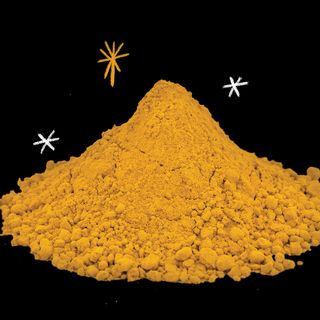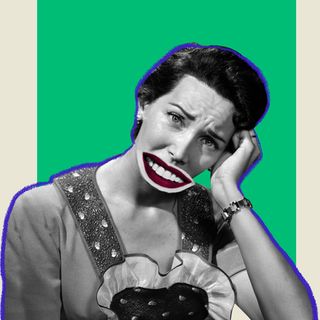While the ‘placebo effect’ is relatively well-known, its twin — dubbed the ‘nocebo effect’ — is obscure. Derived from Latin, while placebo means “I shall please,” nocebo means “I shall harm.” While the placebo effect describes experiencing beneficial responses to non-effective, inactive drugs simply because one expects to, the nocebo is its opposite — occurring when someone with negative expectations of a drug experiences the expected negative effects.
Both placebo and nocebo effects can manifest in individuals’ responses to active drugs as well as to inert drugs — that is, medicines with generally no pharmacological effect.
“Whenever you look at any randomized control trials, it’s surprising how similarly the side-effect profile for the placebo often mirrors the side-effect profile for the active [treatment] … It’s the power of the imagination. Just imagining something is happening is enough to activate those portions of the brain associated with that thought, or worry, or pain,” John Kelley, deputy director of Harvard Medical School’s Program in Placebo Studies and Therapeutic Encounter, told WebMD.
One explanation for nocebo-induced symptoms is that the anticipation of negative effects can lead patients to experience a heightened awareness or sensitivity towards normal, day-to-day experiences, like aches and fatigue. An empirical study collated a wide range of symptoms that commonly manifest as a result of the nocebo effect: nausea, itching, sleep problems, loss of appetite, sexual dysfunction, severe hypotension, and gastrointestinal symptoms like stomach aches and bloating.
Related on The Swaddle:
Placebos Can Reduce Emotional Distress Even When People Know They’re Taking a Placebo: Study
Experts say the same people who respond strongly to placebos are also susceptible to the nocebo effect. Moreover, people who are anxious, depressed, or prone to hypochondria, are also at a greater risk of experiencing the nocebo effect due to somatization — that is, the manifestation of emotional disturbances in the form of physical symptoms.
Further, researchers suggest that the same treatment can work as both a nocebo and a placebo. In an experiment involving subjects who believed they were allergic to various foods, two injections of saltwater were administered: first, the subjects were told the injection contained the allergen, leading to allergic symptoms in many of them — demonstrating the nocebo effect. The subjects were then told that the second injection would neutralize the effect of the previous injection, and in several cases, it did — demonstrating the placebo effect.
The causes and triggers of the nocebo effect still remain under-investigated, with the number of studies investigating the placebo effect far exceeding those on the nocebo effect — by a ratio of about 2200 to 150.
Factors like how healthcare providers discuss or communicate potential side effects, individuals’ trust in their doctors, their past experiences with similar treatments, or even the cost of a proposed treatment or medication increase the risk for nocebo effect.
This presents an ethical conundrum for medical practitioners in terms of communicating potential complications or side effects of treatments to patients. The aim is to minimize the likelihood of complications from medications or treatments while keeping the patient informed of potential consequences — balancing these priorities to prevent inducing the nocebo effect becomes the challenge.




